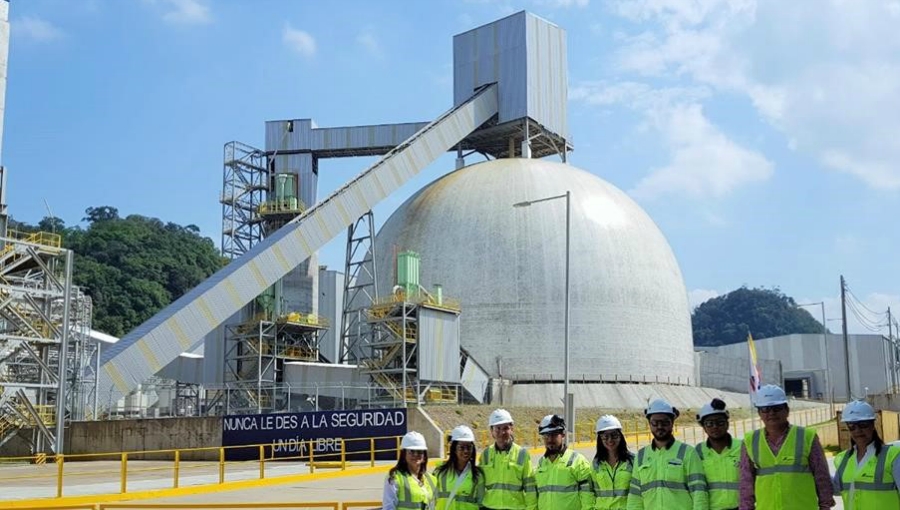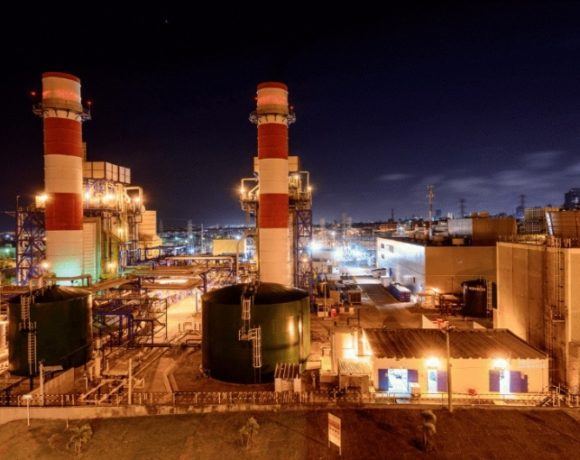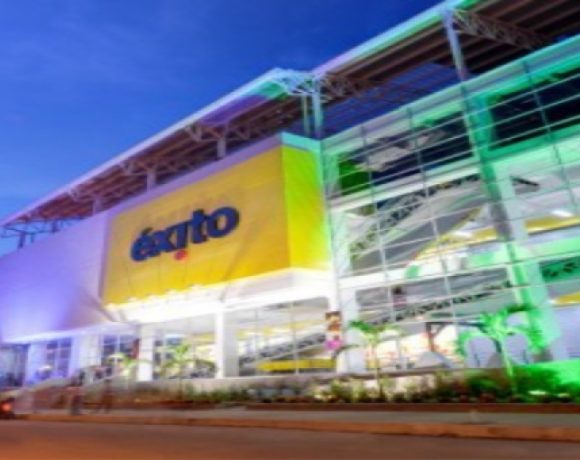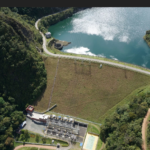Cemex’s Maceo, Antioquia Cement Plant Clears Another Legal Hurdle

Cemex Colombia revealed in a February 16 filing with Colombia’s Superfinanciera oversight agency that it just won a key license modification from environmental regulator Corantioquia, enabling eventual start-up of its US$420 million Maceo, Antioquia cement plant.
“The [license] modification allows the extraction of 990,000 tons of materials (clay and limestone) and the production of 1.5 million metric tons of cement per year,” according to Cemex Colombia.
“The authorization issued represents an important advance to achieve the future operation of the cement plant, allowing us to continue with pending activities to be able to start operations such as: construction of the access road to the plant, completion of pending activities of the project and commissioning of the plant,” according to the company.
The plant project has been tied up in legal knots for years, but Cemex Colombia reached a crucial settlement in 2019 with Colombia’s Procuraduría General (corporate disciplinary regulator) that partly cleared the way to a future, hoped-for start-up of the cement-manufacturing plant.
The plant had been stalled over allegations of improper land transfers to Cemex through a company allegedly involved in a fictitious auto-parts exporting and money-laundering scheme (see Medellin Herald 06/22/2018, 02/09/2018).
During 2018, Colombia’s Attorney General had brought criminal charges against Édgar Ramírez Martínez (former Cemex Colombia vice president of planning) and Camilo González Téllez (former Cemex Colombia vice president legal affairs) in a land-acquisition scandal at the plant site.
The Attorney General also brought illegal-enrichment and money-laundering charges against Eugenio Correa Díaz, the legal representative of “C.I. Calizas SA,” which is alleged to have illegally sold land to Cemex for the Maceo plant.
The lands originally held by C.I. Calizas had been subject to another legal proceeding (“extinction de dominio”) over non-payment of Colombian taxes on allegedly phony exports of auto parts by former C.I. Calizas owner Jose Aldemar Moncada, who was assassinated in 2016.
According to the Attorney General, Ramirez, González and Correa “advanced negotiations to acquire several assets” of C.I. Calizas — including lands that supposedly should have been in control of Colombia’s tax authorities because of the earlier tax-evasion charges against Moncada.
However, Cemex Colombia reached a “conciliatory agreement” with the Procuraduría General involving a “Special Assets Company” (SAE), CI Calizas y Minerales S.A. (CI Calizas), Cemex Colombia and its subsidiary Central de Mezclas S.A., “by means of which the signing of a mining operation contract, provision of manufacturing and dispatch services and leasing of real estate for cement production was endorsed.”
“This contract will allow Cemex Colombia to continue making use of the assets subject to the process of domain-extinction that include the rights derived from a mining concession and an environmental permit, including the land where the cement plant was built in the municipality of Maceo, along with and the assets of the Special Cement Zone of the Magdalena Medio SAS (ZOMAM), for a term of 21 years, extendable for an additional 10 years, provided that the extension of the mining concession is obtained,” according to Cemex Colombia.
Under that revised contract, Cemex Colombia and Central de Mezclas would pay a rental lease and certain fees to CI Calizas and ZOMAN – but conditional on plant reopening.
“Cemex Colombia clarifies that the subscribed contract will continue in force regardless of the result of the process of extinction of ownership that currently falls on the assets of CI Calizas including ZOMAM, except that the competent criminal judge recognizes Cemex Colombia and its subsidiary having property rights for the assets in domain extinction, in which case the contract will be terminated in advance, given that Cemex Colombia and its subsidiary would be the owners of those assets and the contract to operate and administer them would no longer be required,” according to Cemex.
“The cement plant is expected to enter into operation when the requests and procedures that are being processed with the competent authorities are resolved in a positive manner, such as: (i) the partial removal of the cement plant from the ‘Integrated Canyon Management District’ of Rio Alicante; (ii) the modification of the environmental license that allows the production of at least 950,000 metric tons of cement per year; (iii) the modification of land use allowing industrial and mining use, and; (iv) the obtaining of the permits to complete the construction of several sections of the road to the cement plant,” according to Cemex Colombia’s April, 2019 filing.
















